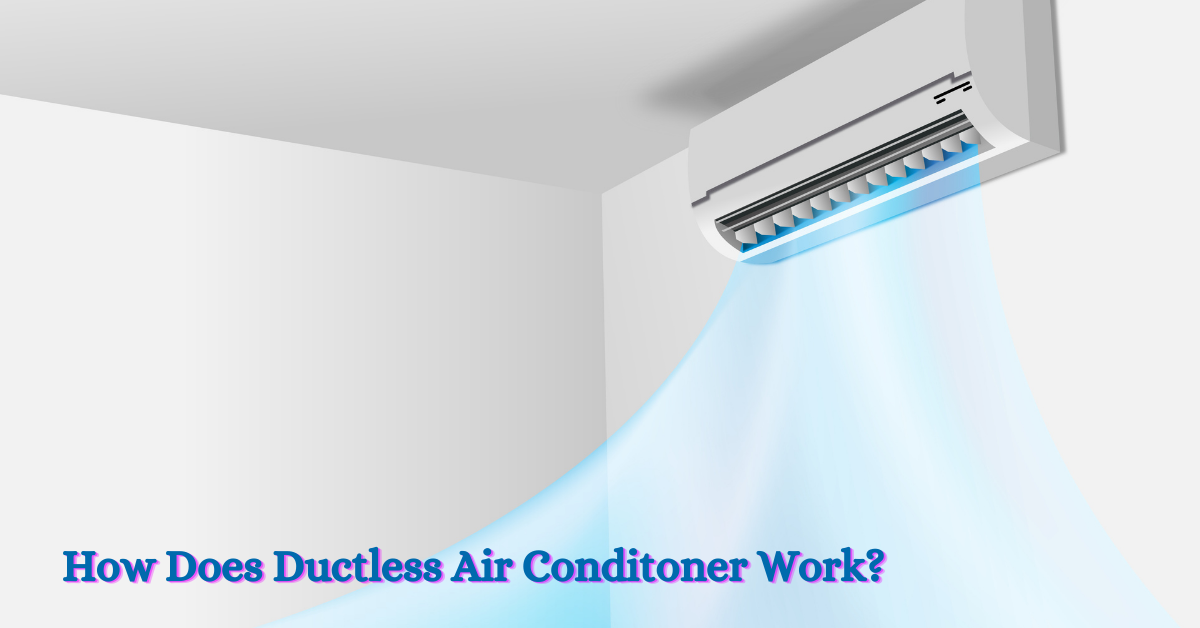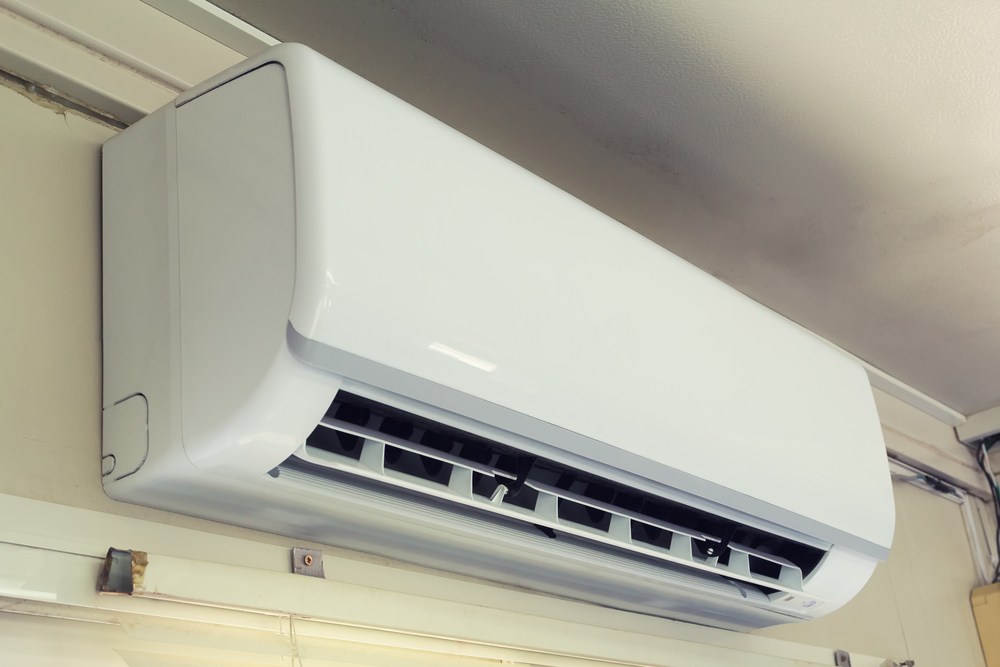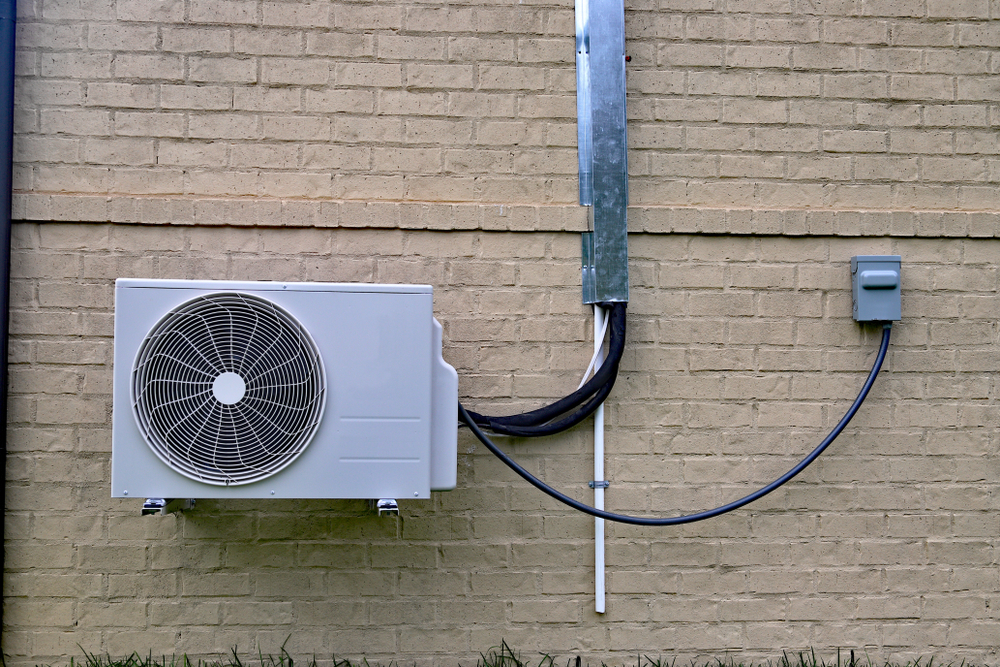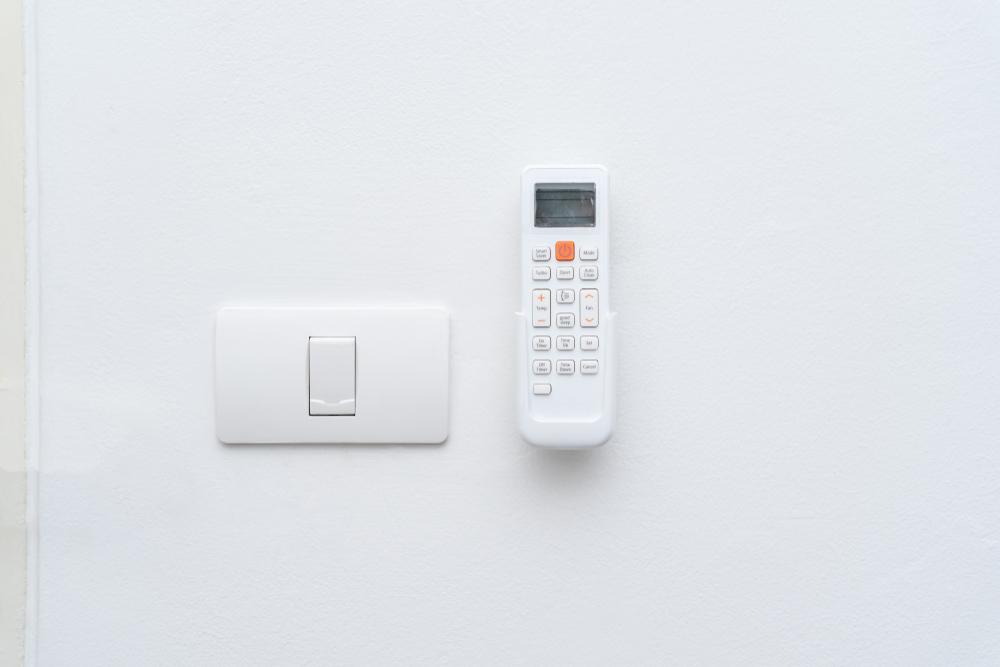How Does Ductless Air Conditioner Work?

Wondering how ductless air conditioner works or why it’s a popular alternative for house owners? As real estate prices continue to rise, many houses are becoming smaller. Ductless air conditioning is an excellent solution to provide homeowners with comfort while saving space with fewer ducts. And many who don’t have any air ducts select ductless air conditioners as they offer an energy-efficient and quiet alternative to room or window air conditioners.
A ductless air conditioning process does not consume traditional ducts. However, each room requires a separate unit for heating and cooling the desired area. Ductless AC has commonly referred to as mini-split ACs. It consists of four major components: an indoor unit, an outdoor unit, connecting pipe, and remote control.
Table of Contents
How does a Ductless Air Conditioner Work?
Ductless systems, also known as mini-split systems, work significantly. First, the air has drawn from the room via the air handling unit (the unit you see on the wall inside homes and workplaces equipped with HVAC systems). A series of pipes transport the air to the compressor (outdoor unit), where a series of cooling coils have brought into contact. When the humid and hot air in the room comes in contact with the coils, it transfers energy to them, turning the cooling liquid into gas. The gas has then delivered to the compressor and converted back into a liquid using electricity. The air handler feeds the newly cooled air, where it is blown back into the room. With repeated cycles, the room temperature decreases.
A mini indoor unit is more flexible than traditional cooling and heating. You can install these ACs, particularly in any room. You can install ductless AC in any room, as no complex distribution lines have to laid throughout the building. As you can control each unit independently, they are ideal for installation in homes and offices shared with other businesses.
Managing a ductless air conditioning and heating system is so easy. Mostly all models come with remote controls that enable owners to adjust the temperature of each room. You may connect up to eight indoor units to an outdoor condenser that provides a solution for huge spaces.
4 Major Components of a Ductless Air Conditioner
The ductless air conditioner has four main parts – the indoor unit, the outdoor unit, the connection pipe, and the remote controller. You may connect up to four units to one outdoor compressor, and the indoor unit size depends on how many square feet you require for cooling or heating.
-
Indoor Unit:

This is also known as an evaporator, blower, or air handling unit. The indoor unit draws moisture and warm air from the room and provides cooler air. It has an elegant design. However, the average mini-split indoor unit measures 32″W x 12″H x 9″D. You can recess the indoor unit into your wall or ceiling and mount it at a high point flush near the floor or with the wall.
-
Outdoor Unit:

Also referred to as compressor or condenser, the outdoor unit is how the ductless air conditioner removes the heat collected in the home. The refrigerant in the piping connects the indoor component to the outdoor component and conducts the moisture and heat into the compressor and then into the atmosphere.
-
Connecting pipe:
The lines are made of copper tubing and contain refrigerant. They lead from the outdoor component to all the indoor components to gather moisture and heat and then make a circuit to remove it.
-
Remote Control:

Individuals can control the temperature of each room with a Wi-Fi-powered remote control. It has a user-friendly interface and wall mounting options. The remote control is an alternative to the regular wall thermostat.
Pros and Cons of Ductless Units
Here are some of the advantages and disadvantages of ductless heating and cooling
The Advantages
- Flexibility and size for zoning or cooling rooms
- Easy installation with just over a 3″ hole in the wall for the connecting pipe
- Up to 50 feet between indoor and outdoor systems
- Energy efficient (about 30% has usually lost through ducts)
The Disadvantages
- System cost per ton of cooling ability (usually $1500-$2000)
- You must install it properly. Otherwise, it may result in a short cycle or high operating costs.
- Regular maintenance (which you can do yourself) requires. If you don’t want to do it, you just need an expert cleaning.
- Aesthetically uncomfortable for some
Wrapping it up
If you want to update your home’s existing duct and air conditioning systems, you may consider a ductless AC. They are the most inexpensive cooling and heating system in the long term, a green alternative, virtually silent, and adaptable to all your building conditions.
If you still have concerns about “how ductless air conditioners work?” you may visit Ownermanual.co to download detailed user manuals on ductless AC.

